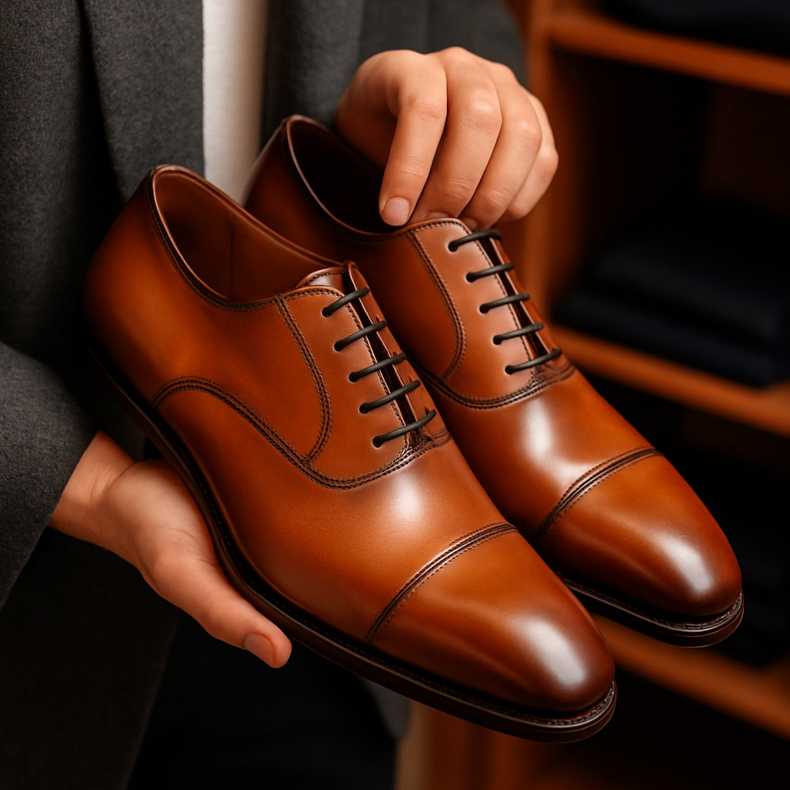
How to clean and care for designer shoes – a practical guide
Designer shoes require special care to maintain their beautiful appearance for many years. Discover professional cleaning and care methods that protect your investment and extend the life of premium footwear.
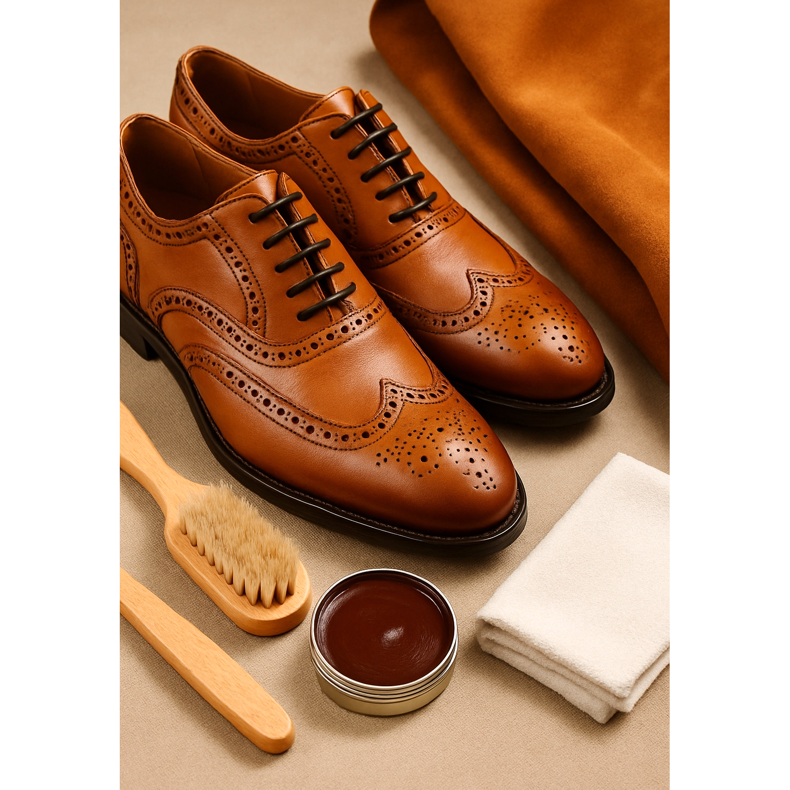
Why is the care of designer shoes important?
Designer shoes are a significant investment in your wardrobe, so it is worth taking proper care of them. Premium footwear made of natural leather, suede or other noble materials requires special treatment. Proper care not only preserves the beautiful appearance of shoes, but also extends their life for many years. Designer shoes, if you take good care of them, can be worn for ten or even fifteen years! The problem occurs when we neglect care - the shoes quickly lose their appearance, the material cracks and the sole is damaged. That's why it's worth investing in the right cleaning products and tools from the very beginning, before the shoes get damaged. Shoe care is not only a matter of appearance - it is also an investment in the health of your feet. Shoes that are dirty and neglected can accumulate bacteria and fungi, which leads to unpleasant odors and health problems. That's why regular cleaning and care is an absolute necessity for anyone who values their shoes.
Cleaning natural leather shoes
Natural leather is a material that looks beautiful, but requires proper care. Before you start cleaning, always remember to remove dirt and dust using a soft brush or dry cloth. You can then proceed to deeper cleaning. We do not recommend aggressive detergents for cleaning natural leather - instead, use milk or foam specially designed for cleaning leather. You can find such products in any good shoe store. Apply the product to a soft cloth and gently wipe the shoes. After cleaning, it is also worth using a special leather cream that will protect the material from drying out and cracking. These creams contain natural oils that keep the skin soft and supple. Remember to always test products on a small, invisible part of the shoe before applying them to the entire shoe. This protects your shoes from potential damage.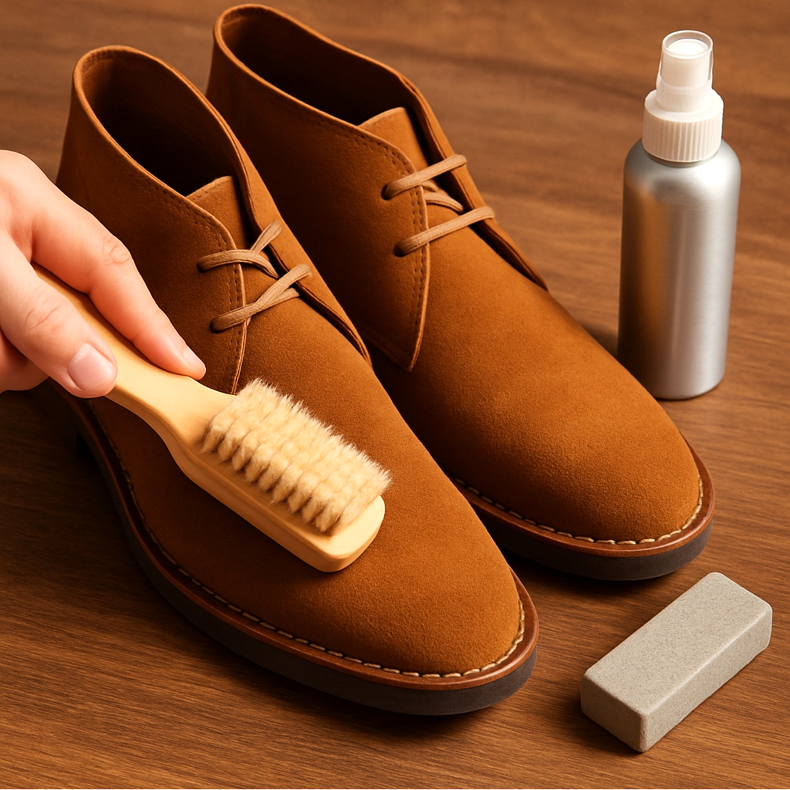
Caring for suede and nubuck shoes
Suede and nubuck are materials that look incredibly elegant, but are more sensitive than natural leather. If you have shoes made of these materials, you need to know that water and dirt can significantly damage them. The first thing you should do right after buying suede shoes is to apply a special impregnation. An impregnator is a product that creates an invisible protective layer on the surface of the material, which protects against stains and moisture. To clean suede shoes, use a special suede brush - they have soft bristles that do not damage the material. If stains appear, you can try to remove them with a suede eraser, which is available in most shoe stores. Under no circumstances should you use water to clean suede - it may cause irreversible damage to the material. If the stain is stubborn and you can't remove it yourself, you can always consult a professional shoe cleaner who has the specialized knowledge and tools to clean such materials.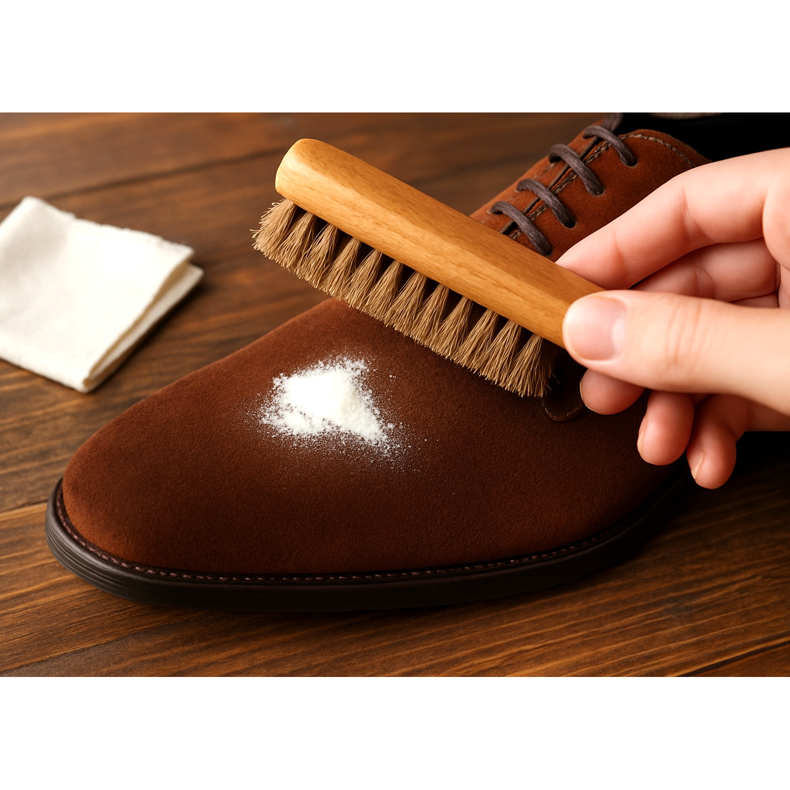
Removing stains from various materials
Each type of material requires a different approach to stain removal. If you have mud stains, it is best to wait until the mud is completely dry and then gently tamp it down with a soft brush. Salt stains that appear in winter can be removed by lightly rubbing with a soft, damp cloth. If you have tough stains, such as grease or oil, you can try absorbing them with talcum powder - sprinkle talcum powder on the stain, wait a few hours, then tamp it down with a soft brush. It works for all skin types. For suede and nubuck, always use materials that are not too aggressive - never rub hard as you may damage the hairs of the material. If it's going to be something more serious, like removing red flamingos or something else, it's always better to consult a professional. Sometimes the only right option is a safe, specialist cleaning service that can break the spell even on the most neglected shoes.
Sole and heel maintenance
Shoe care is not only about cleaning the upper part - the sole and heel also require attention. The sole is exposed to the greatest damage because it is in direct contact with the ground and various contaminants. To extend the life of the sole, it is worth cleaning it regularly with a soft brush. If the sole is very dirty, you can use a sponge with water and mild soap. After each use of shoes, it is also worth checking whether there are no small stones or other objects stuck between the tread of the sole - they can accelerate wear. If you notice that the sole is starting to deteriorate or wear unevenly, it is a good idea to take your shoes to a professional shoemaker who can repair or replace the sole. It is much cheaper than buying new shoes. The heel also requires care - if it starts to wear out, you should always contact a shoemaker before it is completely damaged. Shoemakers can easily glue a new heel or repair an existing one, which will restore the shoes to perfect condition.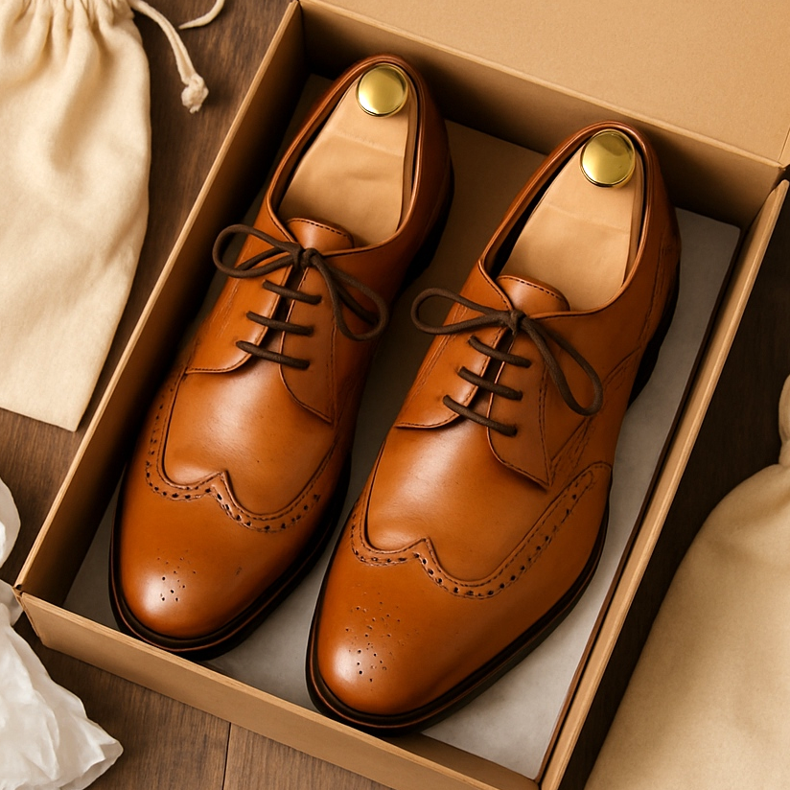
Designer shoe storage
Storing your shoes is just as important as cleaning them. Designer shoes should be stored in a cool, dry place, away from direct sunlight, which can bleach or fade the color of the material. It is best to store your shoes in the boxes you bought them in - they offer adequate protection. If you don't have boxes, you can use cotton or paper bags, but never use plastic - this can lead to moisture condensation and mold growth. It is also worth investing in shoe fillers - these can be paper inserts or forms made of special materials. Fillers help maintain the shape of the shoe and protect it against deformation. If your shoes are damp, never store them in a box - let them dry completely first. Wet shoes can become a breeding ground for fungi and mold, which can be very destructive to the material. During the cold months, if your shoes have been used in snow and salt, it is a good idea to vacuum and dry them to remove any salt residue before storing them.